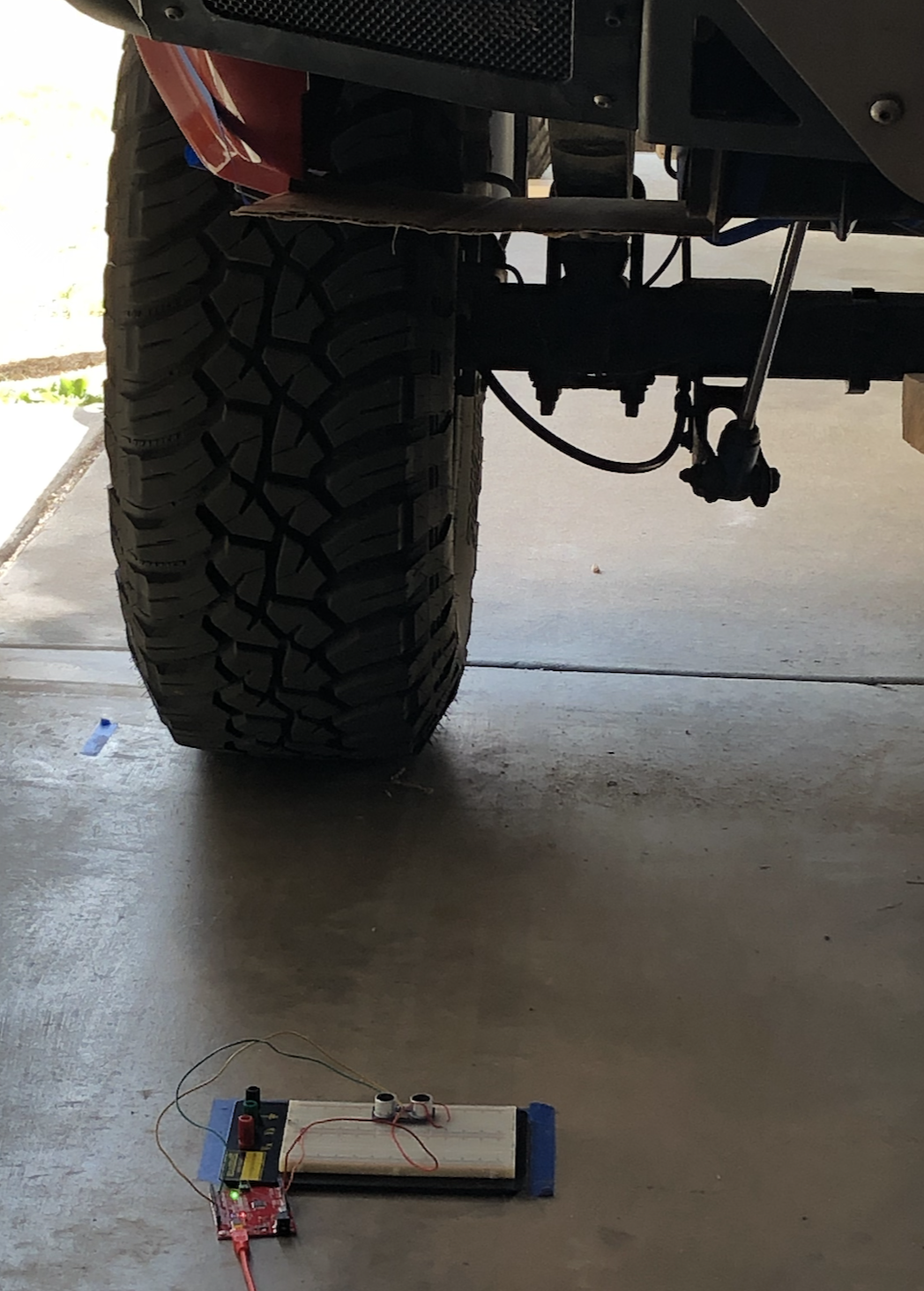Data Analysis
& Experimental Design

Analysis of how added mass and drop height have an effect on truck suspension oscillation
During the spring semester of my first senior year, in my Data Analysis and Experimentation course I was able to combine code and engineering statistics from previous classes and new and novel to me concepts to successfully analyze data from various kinds of self-performed experiments. Not only did we have practice working with various data acquisition devices and code, but we also had the opportunity to design and carry out our own unique experiment. This class taught me what collecting data in a real-world application would look like, and what methods we as engineers should consider when analyzing data to draw meaningful conclusions.
Background/ Motivation:
Excessive suspension oscilation is bad for stability for driving, and espessially when off-roading. We seek to understand the suspension system and minimize the oscilations by controlling added mass and measuring from various drop heights.
Our Model:
Initially we used a system of ordinary differential equations (ODE's) to predict frequency of occillations in damped truck suspension, but the model was inaccurate in predicting amplitudes of the suspension bobbing. We improved our model by using the complex form of the solution to this system of ODE's provided to us through the class.
Testing Procedure:
1. Place sensor under chosen truck bed area
2. Place jack-and-pully sysem under truck
3. Load truck with 1 of 3 desired weights
4. Raise truck to 1 of 3 desired heighs
5. Rapidily release to 'drop' truck while recording oscillations through ultrasound range finder
Results:
In conclusion, we were able to establish a correlation between added mass and increase in effecive spring & dampening coefficients, and we determined that substituting our use of leaf-spring suspension in the rear of the truck for coil-over shocks would improve adjustability and predictive model accuracy.
Team Poster:
Special thanks to my two amazing teamates Emalee and Mitchell!

This was an exercise in which my team and I identified a physical process, a process in which posed a question, designed an experiment to extract data to form a potntial answer to our question. In this case we wanted to see how we could counter-act the rebounding affects of car suspension by varying excess weight in the bed of the truck. We concluded there was a balance between how much weight to have in the front and rear, ultimately with less weight in the rear being preferable.